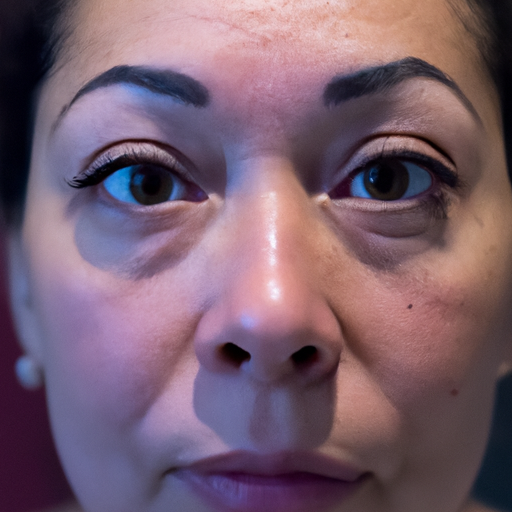Unveiling Radiance: The Ultimate Guide to Skin Exfoliation
Skin exfoliation is a critical aspect of any skincare regimen. It is the process of removing dead skin cells from the surface of your skin using a chemical, granular substance, or exfoliation tool. Proper exfoliation can lead to radiant, healthier, and younger-looking skin. However, it’s not as simple as just scrubbing your face and calling it a day. This article will serve as your ultimate guide to skin exfoliation, helping you understand its importance, benefits, and the right way to do it.
The human skin naturally sheds dead cells every 30 days to make room for new ones. However, this process can slow down with age, leading to dull, dry, or flaky skin. That’s where exfoliation comes in. It aids in the removal of these dead cells that have piled up on our skin surface.
Exfoliation offers numerous benefits. Firstly, it unclogs pores by removing oil and dirt that can lead to acne and blackheads. Secondly, it helps other skincare products penetrate deeper into the skin, making them more effective. Moreover, it evens skin tone by fading age spots and hyperpigmentation and reducing the appearance of large pores and fine lines.
There are two main types of exfoliation: physical and chemical. Physical exfoliation involves using a scrub, brush, or sponge to manually remove dead skin cells. This method is excellent for individuals with oily or thick skin. However, it can be harsh and cause micro-tears in the skin if done incorrectly.
On the other hand, chemical exfoliation uses acids or enzymes to dissolve dead skin cells. Alpha hydroxy acids (AHAs), beta hydroxy acids (BHAs), and retinoids are common ingredients in chemical exfoliants. AHAs are water-soluble acids derived from sugary fruits, and they help peel away the surface of your skin so that new, more evenly pigmented skin cells may generate. BHAs are oil-soluble and can get deeper into the pores to remove dead skin cells and excess sebum. Retinoids are a form of vitamin A that promotes skin renewal and enhances collagen production.
The frequency of exfoliation depends on your skin type and the method of exfoliation. Generally, it’s safe to exfoliate 1-3 times a week for normal and combination skin, and 1-2 times a week for sensitive skin. Over-exfoliation can strip the skin of its natural oils, leading to breakouts and irritation.
When exfoliating, always start with a clean face. Apply the exfoliant in circular motions, being extra gentle around the eye area. Rinse thoroughly and follow up with a moisturizer to hydrate the skin and restore its natural barrier.
In conclusion, exfoliation is a powerful tool in your skincare arsenal. It can help reveal the fresh, healthy skin underneath and improve the effectiveness of your skincare products. However, it’s crucial to choose the right method for your skin type and not to overdo it. With the right approach, you can unveil your skin’s natural radiance and maintain its youthful glow.




